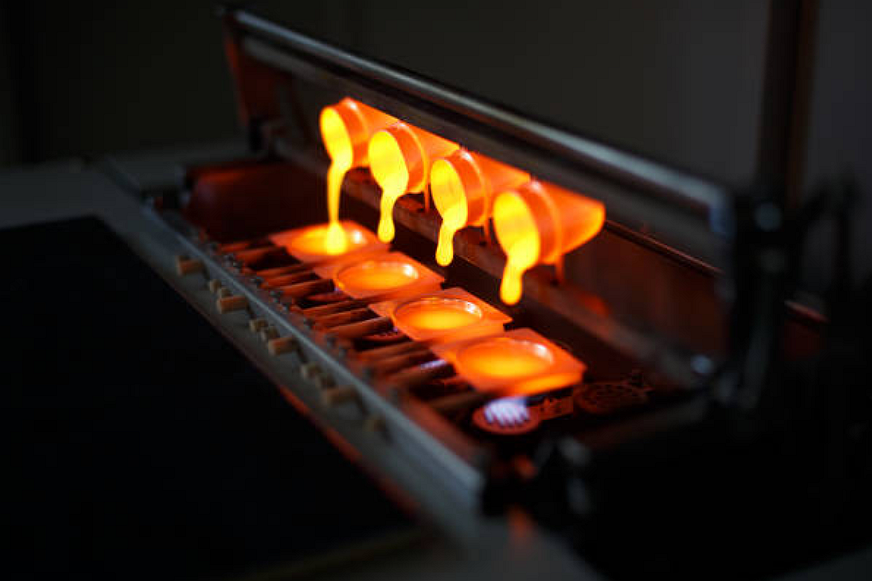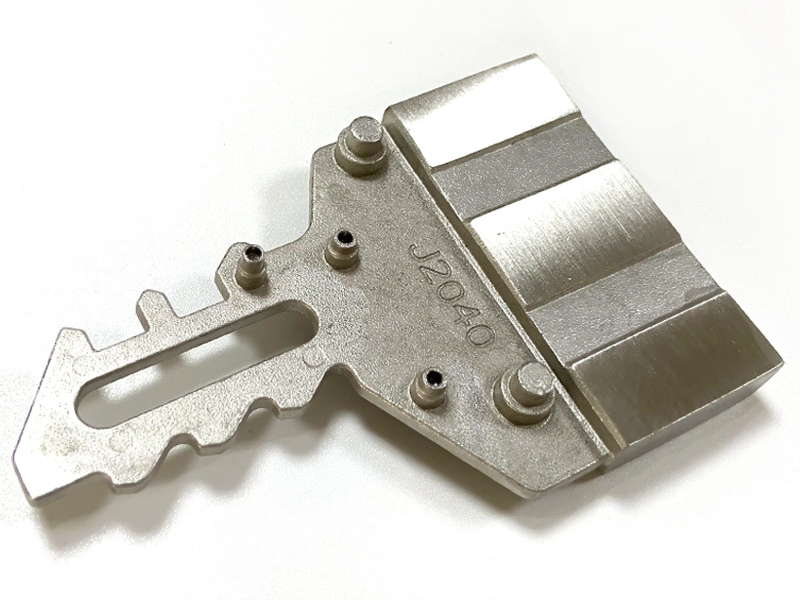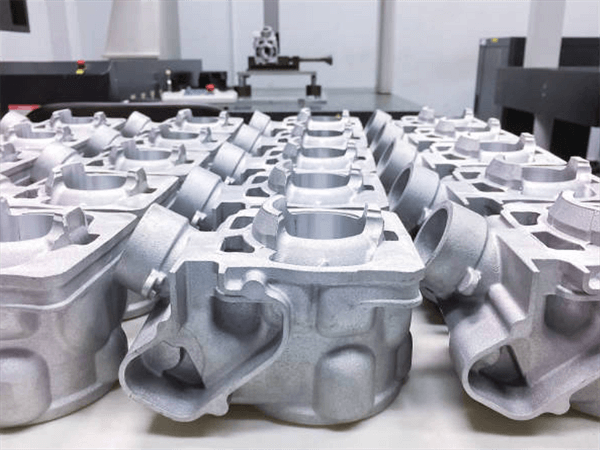How does gravity casting contribute to environmental sustainability?
Environmental Advantages of the Gravity Casting Process
From an engineering perspective, the gravity casting process inherently supports sustainability through material efficiency, energy conservation, and recyclability. Unlike high-pressure die casting, it uses natural gravitational force to fill the mold cavity, minimizing the need for additional mechanical energy and reducing total power consumption. The slower filling rate also results in lower scrap generation, meaning fewer defective parts and less raw material waste during production. Moreover, the process enables the use of permanent molds that can be reused for thousands of cycles, further reducing tooling waste and resource consumption.
Sustainable Manufacturing Practices
Modern foundries are adopting advanced manufacturing processes to make gravity casting cleaner and more efficient. CNC machining prototyping ensures near-net-shape accuracy, minimizing material removal and secondary waste. 3D printing prototyping is used to create optimized mold designs that improve metal flow and reduce defects. Integration with precision casting and investment casting allows hybrid manufacturing workflows that minimize excess melting and rework. Sheet metal fabrication processes also contribute to sustainability by reusing offcuts and incorporating recycled materials into casting assemblies.
Eco-Friendly Surface Treatments
Surface finishing technologies have evolved to minimize environmental impact while extending the life of parts. Anodizing utilizes water-based electrolytes and generates minimal hazardous byproducts, thereby enhancing corrosion resistance naturally without the need for harmful coatings. Powder coating is a solvent-free and fully reclaimable process, resulting in almost zero volatile organic compound (VOC) emissions. Both methods not only improve part durability but also contribute to sustainability by reducing the frequency of replacement and maintenance.
Materials Supporting Circular Manufacturing
One of the greatest sustainability strengths of gravity casting lies in its compatibility with recyclable materials. Alloys such as A356 aluminum, B390 aluminum, and 383 (ADC12) can be remelted and reused without losing mechanical properties. Magnesium alloys offer lightweight benefits that reduce fuel consumption in automotive and aerospace sectors. Copper alloys provide long service life with excellent recyclability, while nickel-based alloys contribute to energy-efficient turbines and high-temperature systems.
Industries Advancing Sustainable Casting Practices
The automotive industry utilizes sustainable gravity-cast aluminum parts to enhance fuel economy and lower CO₂ emissions. The aerospace sector benefits from lightweight magnesium and aluminum alloys, which reduce overall aircraft weight and, in turn, lower fuel usage. In the energy industry, recyclable high-temperature alloys are utilized in turbines and renewable energy systems to enhance efficiency and minimize lifecycle waste. Across these industries, sustainability goals are increasingly achieved through gravity casting’s low energy demand, recyclability, and process optimization.



